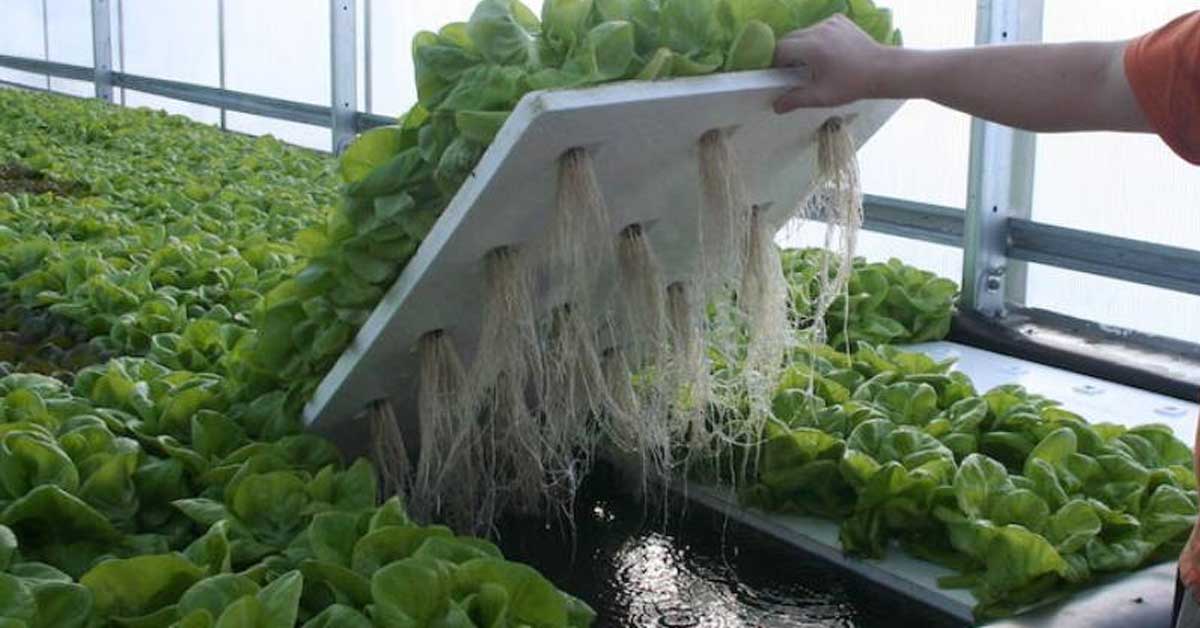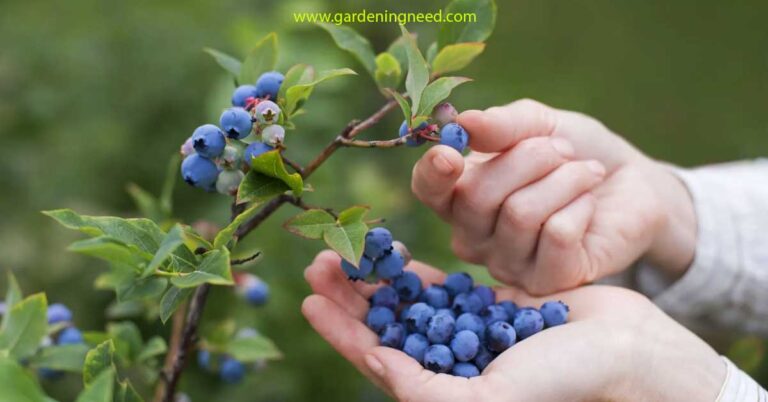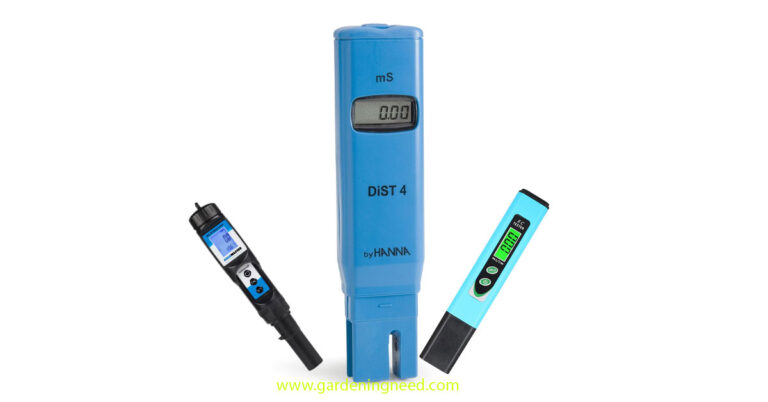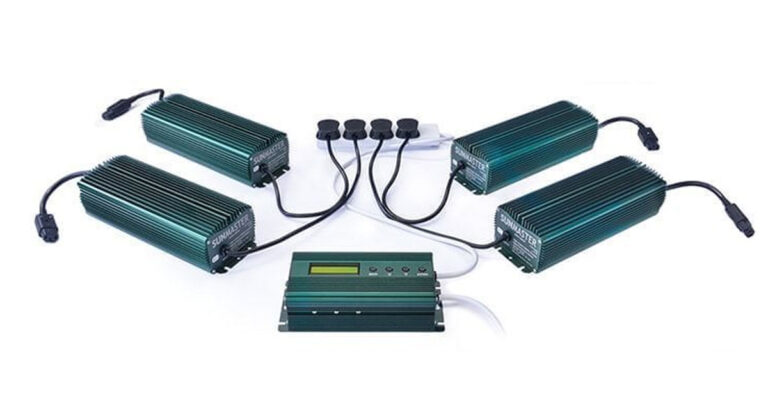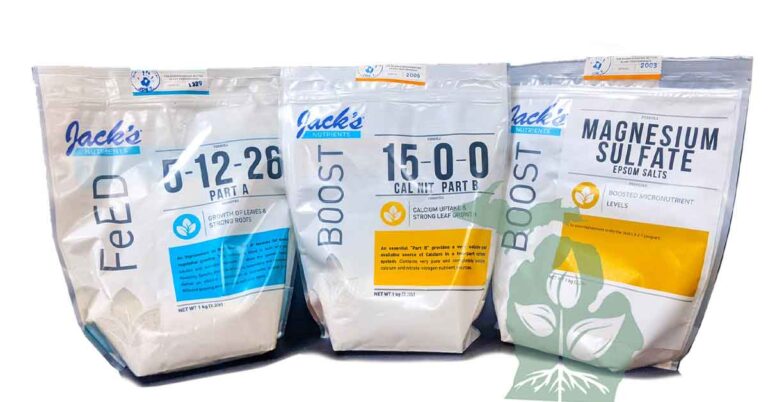Water Farm Hydroponic
For those in the know, hydroponic farming is more than just a trend—it’s a revolution in the making. It symbolizes a profound shift in how we grow our food, aligning sustainability with technology to meet our growing needs. At the heart of this revolution is the water farm hydroponic system, a robust, versatile, and remarkably efficient approach to growing plants without soil. This method is fast gaining popularity due to its environmentally friendly practices and potential for high yields.
Water farm hydroponics are not merely about growing plants in water. It’s about recreating the most favorable conditions for plant growth and offering them on-demand, all year round. This technique can involve various methods, from aquaponics and aeroponics to the nutrient film technique (NFT) and the deep water culture (DWC), each with their unique advantages and applications.
In this article, we delve into the intricate world of water farm hydroponics, exploring its many facets and how you can utilize it in your farming efforts. We’ll also touch on various related hydroponic methods such as the wicking system, Kratky method, ebb and flow system, Dutch bucket system, and tower garden. Join us as we journey into the future of agriculture.
Water Farm Hydroponic Systems
Deep Water Culture (DWC)
Deep Water Culture, often known as DWC, is a straightforward yet efficient method of hydroponic farming. In DWC systems, plants are suspended in a nutrient-rich and oxygenated water solution. This allows the plants’ roots to absorb nutrients more efficiently, accelerating growth and improving yields.
Nutrient Film Technique (NFT)
The Nutrient Film Technique, or NFT, is another innovative approach within the water farm hydroponic systems. NFT involves growing plants on a slightly sloped surface. Nutrient-rich water is continuously flowed over the roots of the plants, providing them with the necessary nutrients and oxygen. As the name suggests, only a thin film of water is needed, making NFT a highly water-efficient method.
Aeroponics
Aeroponics is perhaps the most technologically advanced type of water farm hydroponic system. In this method, plants are grown in an air or mist environment, with nutrient solution delivered directly to the exposed roots. The roots hang in the air and are misted with the nutrient solution. This method allows for excellent oxygenation and nutrient absorption, facilitating rapid growth.
Ebb and Flow System
The Ebb and Flow system, also known as flood and drain, is a classic in the world of water farm hydroponics. In this setup, plants are grown in a bed filled with a growing medium that’s periodically flooded with nutrient solution. The solution is then drained back, allowing the roots to take up oxygen. The ebb and flow system offers a good balance of nutrient and oxygen supply, making it a popular choice for many growers.
Alternative Hydroponic Techniques
Wicking System
The wicking system is one of the simplest hydroponic methods, making it a fantastic entry point for beginners. In a wicking system, plants are grown in containers filled with a growing medium, and a wick is used to draw nutrient-rich water from a reservoir into the medium. This system requires minimal setup and maintenance, but it’s best suited for plants that require less water.
Kratky Method
Developed by Dr. B.A. Kratky, the Kratky method is an innovative, passive hydroponics technique perfect for low-maintenance gardeners. The plants are grown in a nutrient-rich water solution that slowly evaporates over time. As the water level decreases, the plant roots grow longer to stay in the nutrient solution, while the upper portions of the roots are exposed to air for oxygenation. This method is ideal for leafy greens and herbs.
Dutch Bucket System
The Dutch Bucket system, also known as Bato buckets, is a versatile hydroponic technique that can support larger, long-term crops like tomatoes, cucumbers, and even certain types of fruit trees. Each plant has its own bucket filled with a growing medium and a drip system that supplies nutrient-rich water. Excess water is drained out and can be recirculated back into the system, promoting efficient water usage.
Vertical Growing and Tower Gardens
As space becomes increasingly valuable, vertical growing and tower gardens emerge as practical solutions for urban and small-scale farmers. These methods take hydroponics to new heights, quite literally, by enabling growers to maximize their yield per square foot.
A tower garden is a type of vertical garden that uses hydroponics to grow plants without soil. The tower structure allows plants to grow vertically, saving valuable floor space and making it an excellent solution for urban farming or for those with limited gardening space.
Aside from space efficiency, tower gardens offer numerous advantages. They provide easy access to your plants, reducing the need for bending and kneeling typically associated with traditional gardening. They also allow for better air circulation around plants, reducing the risk of fungal diseases. When combined with hydroponic techniques, tower gardens can yield bountiful harvests throughout the year, regardless of the weather or season.
Whether you’re an urban dweller longing for fresh produce or a traditional farmer looking to maximize productivity, vertical growing and tower gardens can be a fantastic addition to your hydroponic repertoire.
Comparison and Choosing a System
Choosing the right hydroponic system can feel like a daunting task, given the array of techniques available. Each system has unique features, benefits, and potential challenges. Understanding these differences is the key to making an informed decision that best suits your growing needs.
Deep Water Culture (DWC) vs. Nutrient Film Technique (NFT)
DWC is an excellent choice if you’re looking for simplicity and efficiency. It’s best suited for water-loving plants and those that require significant root space. However, it can be more susceptible to power outages and pump failures compared to other systems.
On the other hand, the NFT system stands out for its water efficiency. It uses less water compared to DWC as it utilizes a thin film of nutrient-rich water. However, it requires careful management of the nutrient film flow to prevent drying out the roots.
Aeroponics vs. Ebb and Flow System
Aeroponics, with its high oxygenation and nutrient absorption rates, allows for rapid plant growth and potentially high yields. However, it can be technically challenging and expensive to set up, and it requires careful monitoring and maintenance.
The Ebb and Flow system, meanwhile, offers a good balance between nutrient supply and oxygenation, and it’s relatively simple to manage. However, it can consume more water and nutrients compared to other systems, and there is a risk of plant stress if the flooding cycles are not properly maintained.
Wicking System, Kratky Method, and Dutch Bucket System
The Wicking System is a beginner-friendly method that’s easy to set up and maintain, though it might not be the best choice for larger plants or those with high water needs. The Kratky Method, a passive hydroponic technique, is perfect for growers seeking low-maintenance options, but it’s mainly suitable for small, leafy greens and herbs.
The Dutch Bucket System can support a wider variety of larger, long-term crops. It’s relatively easy to set up and maintain, making it a popular choice for many home growers and commercial operations.
In summary, the choice of a hydroponic system depends on your specific needs, available resources, and the types of crops you wish to grow. With careful consideration and planning, you can select a system that will provide bountiful harvests year-round.
Maintenance and Troubleshooting
Maintaining your water farm hydroponic system is crucial to ensuring healthy, thriving plants. With some regular care and vigilance, you can prevent most common issues that may hinder the growth of your hydroponic garden.
Regular Monitoring
Monitor your plants daily for any signs of stress or disease. Yellowing leaves, slow growth, or wilting could indicate a problem with your system that needs immediate attention. Regularly check the pH and nutrient levels in your water solution to ensure they remain in the optimal range for your plants.
Cleaning
Keeping your system clean prevents the buildup of algae and bacteria that can harm your plants. Regularly clean all components of your system, including the reservoir, pumps, and growing trays. A clean hydroponic system ensures your plants grow in a healthy environment.
System Checkups
Regular system checkups can help identify and fix any potential issues before they become serious problems. Check your pumps to ensure they are functioning correctly, and inspect your system for any leaks or blockages. Regular maintenance will extend the life of your system and ensure it runs smoothly.
Troubleshooting Common Issues
Despite the best care and maintenance, issues can still occur. Some common problems in hydroponic systems include nutrient deficiencies, pest infestations, and diseases. Quick identification and resolution of these issues are crucial to the health of your plants.
If your plants show signs of nutrient deficiency, like yellowing or brown spots on the leaves, you may need to adjust the nutrient concentration in your water solution. Pest infestations can be managed by introducing beneficial insects or using organic pesticides. Regular cleaning and proper aeration can help prevent most plant diseases.
Maintenance and troubleshooting might sound daunting, but remember, experience is the best teacher. With time, you will learn to quickly spot and address issues, ensuring your hydroponic garden continues to thrive and produce bountiful yields.
Conclusion
Water farm hydroponic systems offer an innovative and efficient method for growing a wide range of plants. With numerous techniques available, such as Deep Water Culture (DWC), Nutrient Film Technique (NFT), aeroponics, and the Ebb and Flow system, growers have an array of options to choose from based on their unique needs and preferences.
Alternative hydroponic techniques like the Wicking System, Kratky Method, and Dutch Bucket System present further possibilities, especially for those seeking simplicity or looking to grow larger, long-term crops. Moreover, vertical growing methods like tower gardens maximize yield per square foot, presenting an excellent solution for urban farming or areas with limited space.
While choosing the right system may seem daunting, understanding your specific needs and the distinct advantages of each method can guide you towards the best fit for your gardening objectives. With regular maintenance and a proactive approach to troubleshooting, hydroponics can provide a rewarding, sustainable, and efficient method of cultivation.
Embrace the future of farming with water farm hydroponics and join the green revolution in agriculture. Here’s to bountiful harvests, sustainable practices, and the joy of growing your own food!

